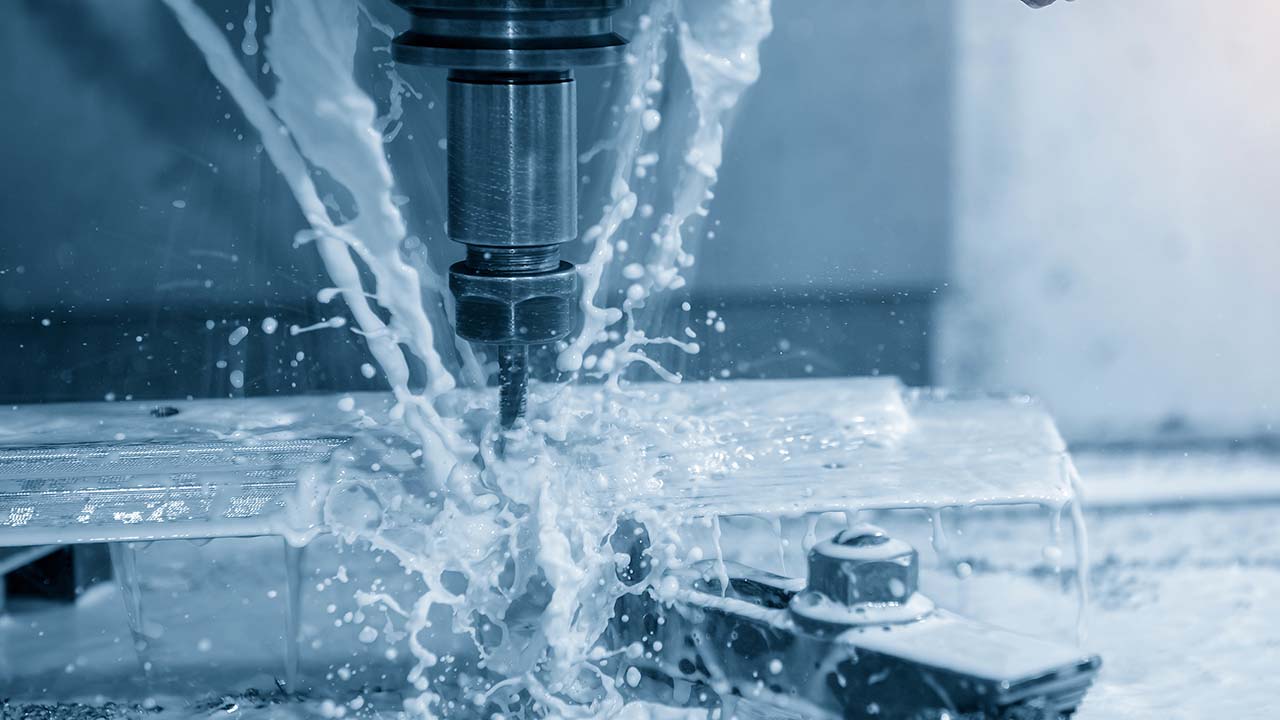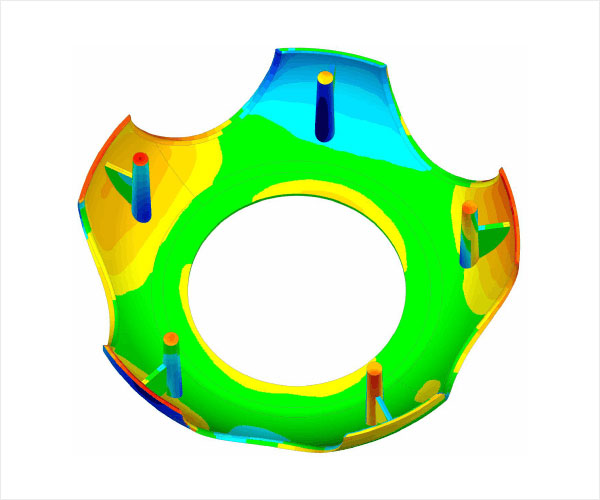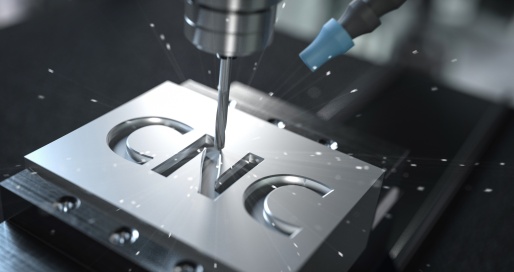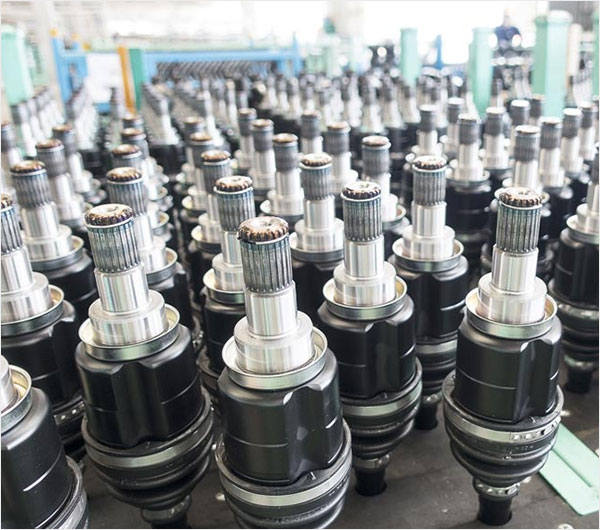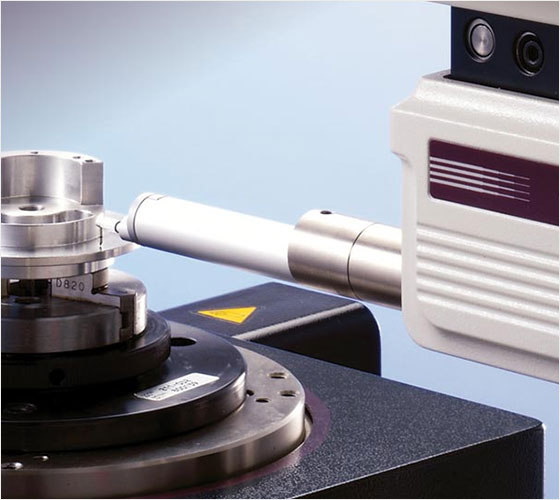CNC machining has revolutionized modern manufacturing, offering precision, efficiency, and repeatability for creating complex components. Two primary processes in CNC machining are CNC milling and CNC turning. While both techniques use computer-controlled machines to shape materials, their operation, applications, and outcomes differ significantly.
Understanding the differences between CNC milling and turning can help businesses select the appropriate method for their projects. Let’s dive into the details.
What is CNC Milling?
CNC milling involves using rotary cutting tools to remove material from a workpiece. In this process, the workpiece is stationary, and the cutting tools move in multiple axes (commonly X, Y, and Z) to shape the material.
Key Characteristics of CNC Milling
Workpiece Movement: Fixed in place, typically on a bed or a vice.
Tool Movement: Rotates and moves to cut away material.
Complex Shapes: Ideal for creating intricate geometries.
Axes of Operation: Commonly 3-axis, but advanced machines can operate in 4, 5, or even more axes.
Common Applications
Manufacturing parts with complex shapes, pockets, and features.
Machining flat surfaces, slots, and angled cuts.
Producing molds, dies, and custom components.
Advantages of CNC Milling
High precision for intricate designs.
Versatility in working with various materials, including metals, plastics, and composites.
Suitable for small and large-scale production.
What is CNC Turning?
CNC turning involves rotating the workpiece while a stationary cutting tool removes material. This process is typically performed on a lathe, which spins the workpiece around its axis.
Key Characteristics of CNC Turning
Workpiece Movement: Rotates at high speeds on a spindle.
Tool Movement: Remains fixed or moves incrementally to cut material.
Cylindrical Shapes: Best for producing parts with round or tubular features.
Axes of Operation: Usually limited to 2-axis (X and Z), though modern lathes may include additional capabilities.
Common Applications
Manufacturing shafts, bushings, and cylindrical components.
Creating threads, grooves, and smooth round surfaces.
High-volume production of symmetrical parts.
Advantages of CNC Turning
Faster production for cylindrical or symmetrical shapes.
Superior finish quality for round parts.
Minimal waste due to efficient material removal.
Key Differences Between CNC Milling and Turning
Aspect
CNC Milling
CNC Turning
Workpiece Movement
Stationary; tool moves to cut material.
Rotates on a spindle; tool removes material.
Tool Movement
Rotates and moves in multiple axes.
Typically stationary, moves minimally.
Shape of Finished Parts
Complex shapes with intricate features.
Cylindrical or symmetrical shapes.
Material Removal Method
Cuts material using rotary tools.
Removes material using a cutting tool on a spinning workpiece.
Axes
Multi-axis (3-5 commonly).
Limited to 2-axis (modern machines may add more).
Production Speed
Slower for intricate designs.
Faster for round components.
Best Applications
Complex designs like molds, dies, and brackets.
Cylindrical parts like shafts and bushings.
Combination of CNC Milling and Turning
Modern machining centers often combine milling and turning capabilities in mill-turn machines, providing a hybrid approach. These machines allow for seamless transitions between milling and turning operations, reducing setup times and increasing productivity.
Benefits of Mill-Turn Machines
Enables the production of complex parts in a single setup.
Reduces errors caused by repositioning the workpiece.
Saves time and costs, especially for intricate designs requiring both techniques.
Choosing Between CNC Milling and Turning
The choice between CNC milling and turning depends on your project’s specific requirements:
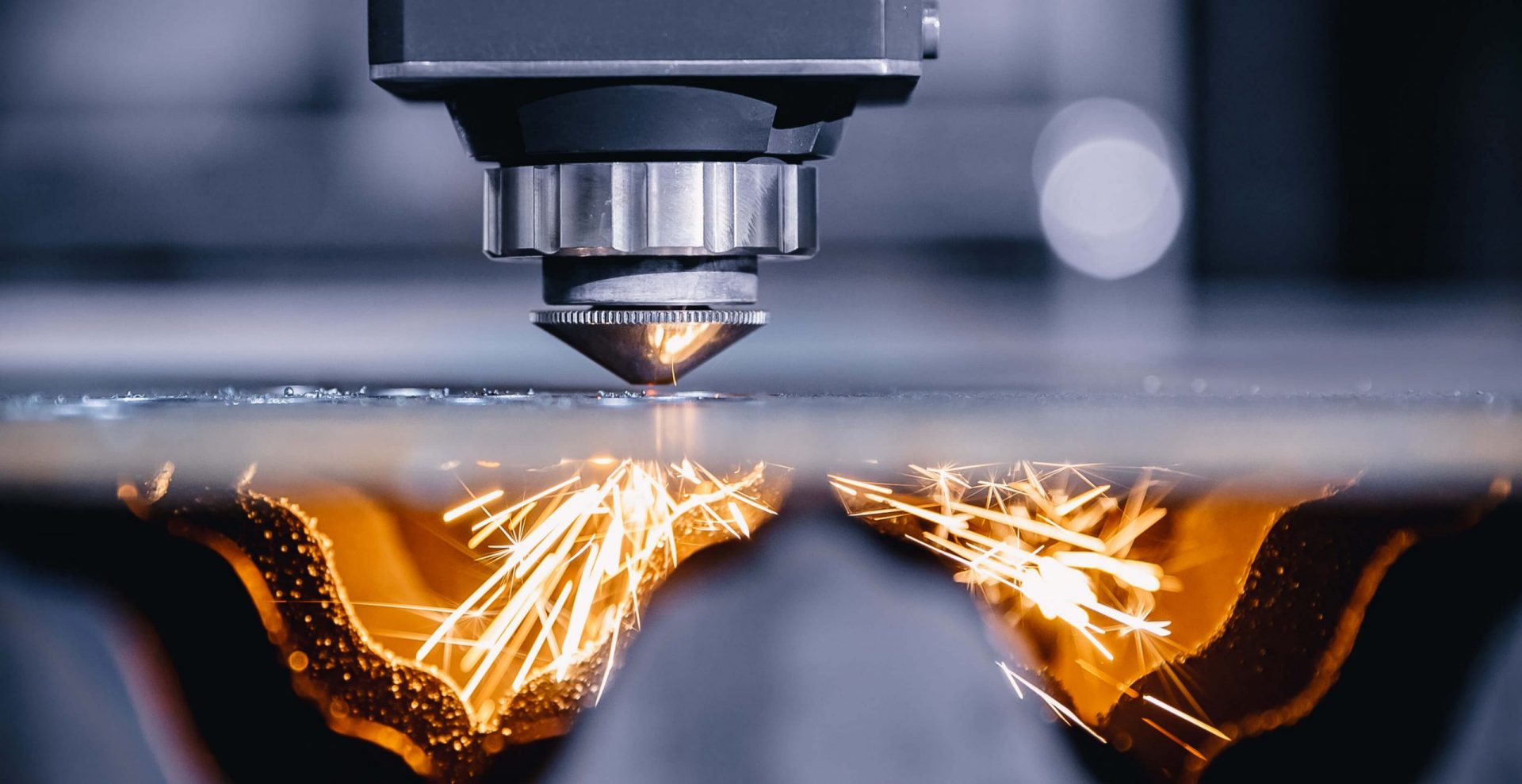
Use CNC Milling if:
The part has intricate details, such as cavities or complex geometries.
You need versatility in material or design.
Flat surfaces or angled cuts are required.
Use CNC Turning if:
The part is cylindrical, tubular, or symmetrical.
Threads, grooves, or round features are a priority.
High production volume with a smooth finish is needed.
Conclusion
CNC milling and turning are both indispensable in the manufacturing industry, each excelling in specific areas. Understanding their differences ensures the right choice for your projects, optimizing time, cost, and product quality. Whether producing a complex mold or a precision shaft, these processes provide the flexibility and precision needed for modern manufacturing.
For industries seeking efficient and high-quality machining solutions, partnering with a reliable CNC shop with expertise in both milling and turning can make all the difference.



